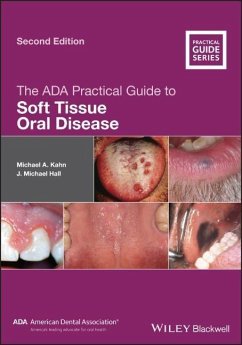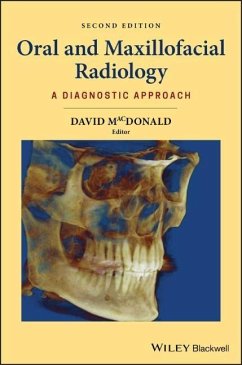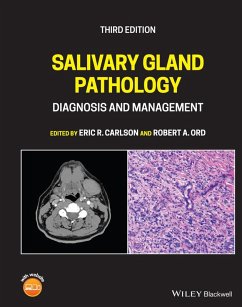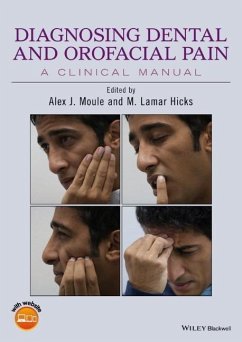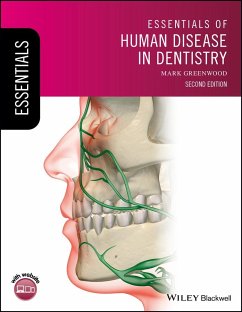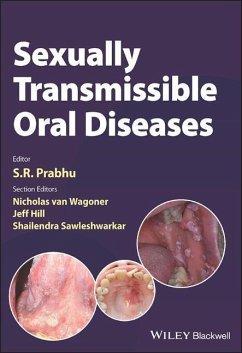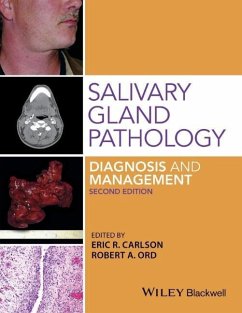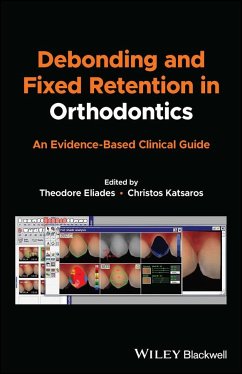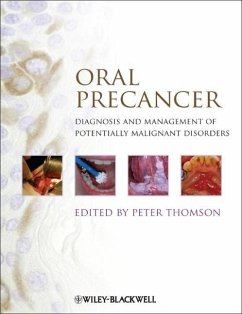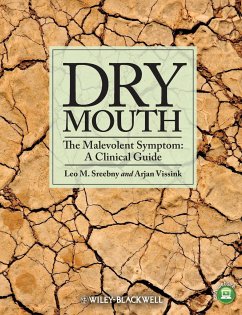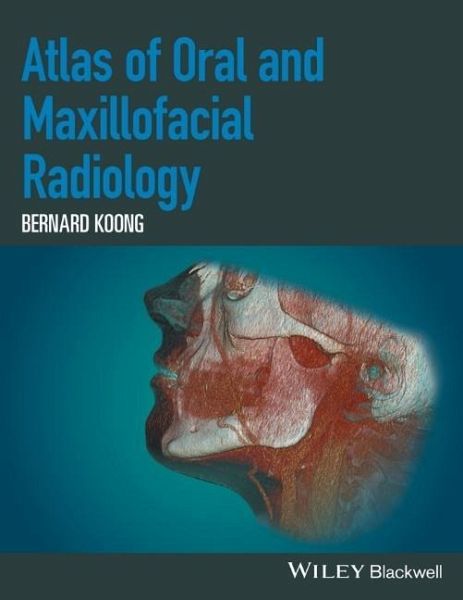
Atlas of Oral and Maxillofacial Radiology
Versandkostenfrei!
Versandfertig in über 4 Wochen
133,99 €
inkl. MwSt.
Weitere Ausgaben:

PAYBACK Punkte
67 °P sammeln!
The Atlas of Oral and Maxillofacial Radiology presents an extensive case collection of both common and less common conditions of the jaws and teeth. Focusing on the essentials of radiologic interpretation, this is a go-to companion for clinicians in everyday practice who have radiologically identified a potential abnormality, as well as a comprehensive study guide for students at all levels of dentistry, surgery and radiology._ Unique lesion-based problem solving chapter makes this an easy-to-use reference in a clinical setting_ Includes 2D intraoral radiography, the panoramic radiograph, cone...
The Atlas of Oral and Maxillofacial Radiology presents an extensive case collection of both common and less common conditions of the jaws and teeth. Focusing on the essentials of radiologic interpretation, this is a go-to companion for clinicians in everyday practice who have radiologically identified a potential abnormality, as well as a comprehensive study guide for students at all levels of dentistry, surgery and radiology.
_ Unique lesion-based problem solving chapter makes this an easy-to-use reference in a clinical setting
_ Includes 2D intraoral radiography, the panoramic radiograph, cone beam CT, multidetector CT and MRI
_ Multiple cases are presented in order to demonstrate the variation in the radiological appearances of conditions affecting the jaws and teeth
_ Special focus on conditions where diagnostic imaging may substantially contribute to diagnosis
_ Unique lesion-based problem solving chapter makes this an easy-to-use reference in a clinical setting
_ Includes 2D intraoral radiography, the panoramic radiograph, cone beam CT, multidetector CT and MRI
_ Multiple cases are presented in order to demonstrate the variation in the radiological appearances of conditions affecting the jaws and teeth
_ Special focus on conditions where diagnostic imaging may substantially contribute to diagnosis




